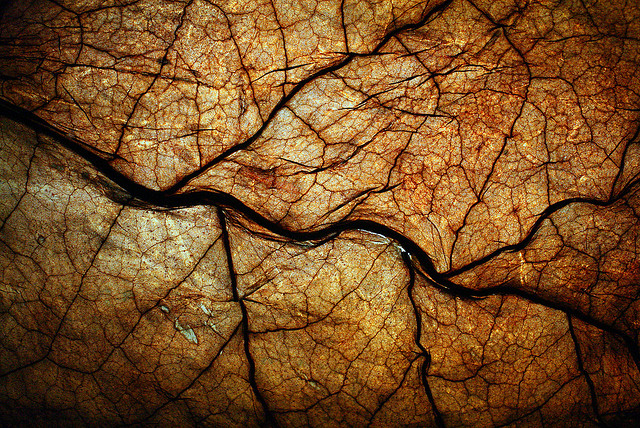
The Taíno people introduced the Spanish to tobacco. Photo © Llima Orosa, licensed Creative Commons Attribution No-Derivatives.
Time didn’t start with the arrival of Christopher Columbus. For at least 5,000 years before his appearance Amerindians had settled throughout the Caribbean and eventually on the island he later named Hispaniola. First was a group called the Ciboney. Two tribes immigrated after them from South America, one from the Yucatán (the Caribs) and the second from a tribe in the Amazon (the Arawaks), who became the ancestors to the Taíno people, the tribe that ultimately welcomed Columbus.Hot on their heels were the Caribs, thought to be an extremely aggressive bunch, especially against the Taínos. They attacked them often, killing most men and enslaving the rest. The Caribs and the Arawaks had similar languages, but their social and political organizations were different enough to refer to them as separate nations.
Although the Arawaks were highly organized and smart, they were not warlike and were no match for the tyrannical Caribs, so they escaped and found themselves face to face with the Ciboney on the island of Hispaniola. The Ciboney were engulfed as slaves into what was, by then, Taíno life.
After the Arawaks made their home (over the stretch of about a thousand years) in what is modern-day Dominican Republic, their farming and gathering society evolved into a highly organized one with complex agriculture, art, politics, leisure activities, and rituals. From about a.d. 900 until 1492, the nation lived a blissfully happy existence. Conflicts were resolved peacefully through a game called batu, like soccer. They lived communally in bohios (round structures that held 10–15 families) and sometimes practiced polygamy. For the most part they were an agricultural society but hunted and fished as well, using nets made of hemp, cotton, or palm. They used words like barbacoa, hamaca, and tobacco, words that have been incorporated into modern Spanish and English. In their own language, their name, taíno, meant “good” or “noble.”
They had large settlements of about 1,000 people, and each had a cacique who acted as a shaman-like priest and a law-maker, and he (or she; though rare, it was not unheard of to have a woman be a cacique) was born into the role. There was a second level to politics—the council of elders. All settlements were part of a larger district, of which there were five at the time of Spanish arrival. These districts’ caciques were headed up by the most important regional cacique.
The Taínos were a religious people, and this is the most well-understood aspect of their culture. At the center of their dogma were the ideas of respecting life and worship of ancestors and the dead. They referred to spiritual beings as zemís and often depicted them in their art as turtles, snakes, and abstract faces. Some of their ceremonies involved a hallucinogenic snuff called cahoba, which they prepared from the beans of a tree. Inducing vomiting with ornately designed spatulas was a way to cleanse themselves of any corporeal impurities to symbolize their spiritual purging before the ritual of receiving a communal bread or other rituals.
Although they had no written language, they created extensive cave drawings and petroglyphs in various caves around the island that depicted much of their culture, beliefs, and events. One such drawing in the Parque Nacional del Este is said to depict the trade agreement between a Spanish galleon and a Taíno community.
Tobacco is perhaps their most notable contribution to the Spanish, which they rolled and smoked much like the cigars of the Dominican Republic today.
Whatever discord there was in Taíno life, there was no misery compared to what was about to happen. There is much controversy regarding how many Taínos were living on Hispaniola when Columbus arrived. Figures are all over the map and range from 200,000 all the way up to eight million, although an estimate closer to one million is more likely. Regardless of how many there were, they knew no disease like the horrible smallpox “gift” that the Spanish brought. By 1530, the numbers had shrunk to an estimated 3,000, due to disease, suicide to escape slavery, or genocide.
Excerpted from the Fourth Edition of Moon Dominican Republic.